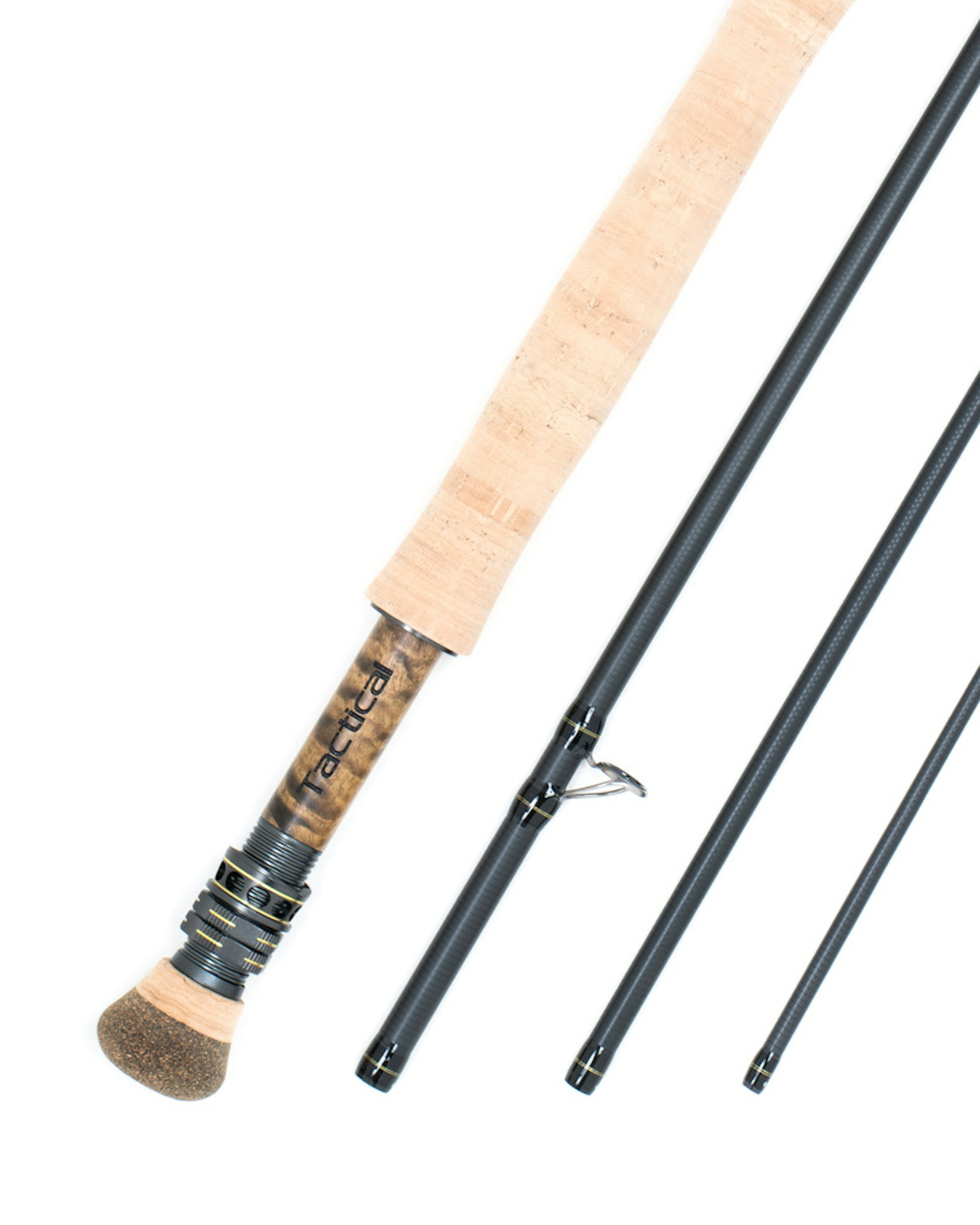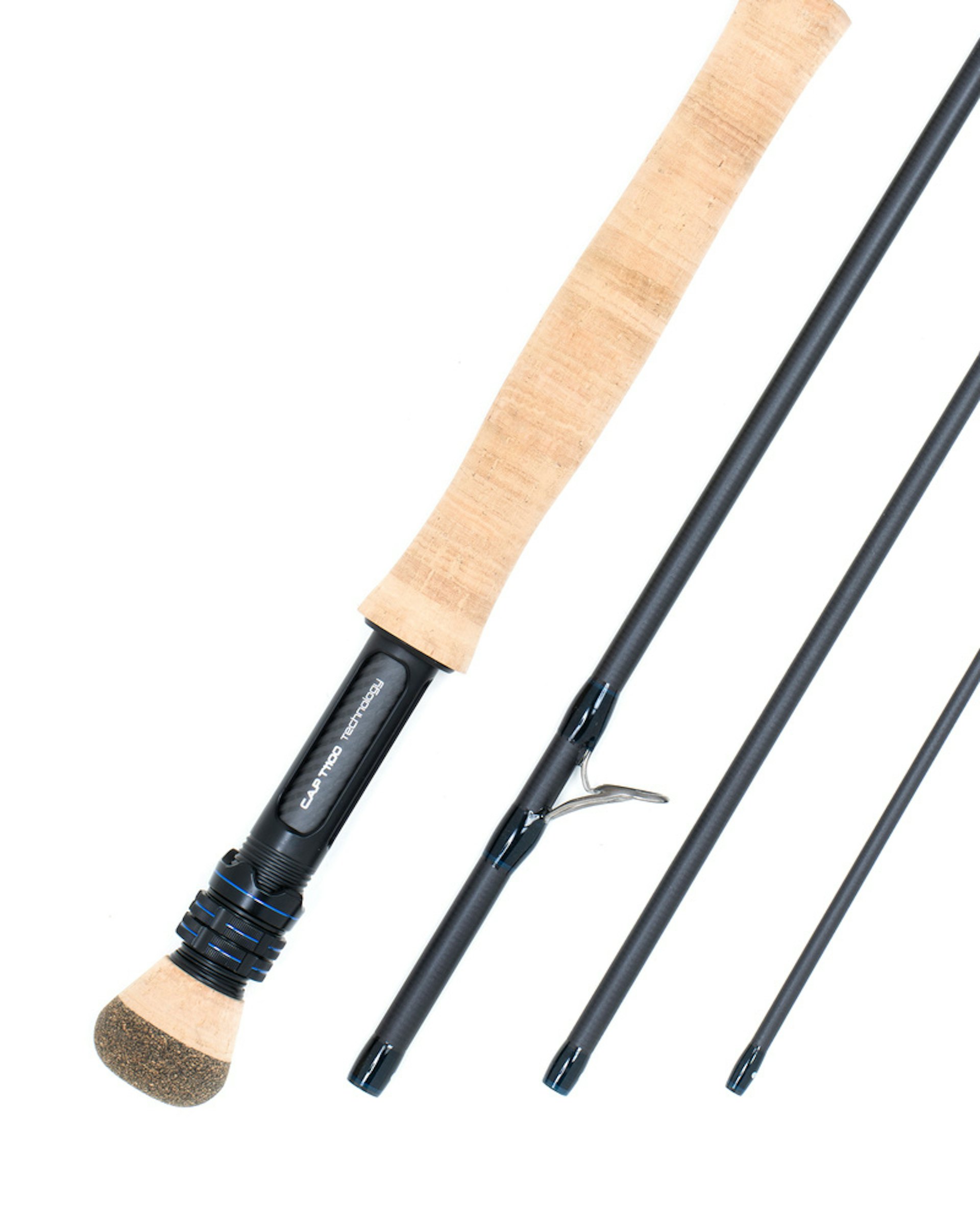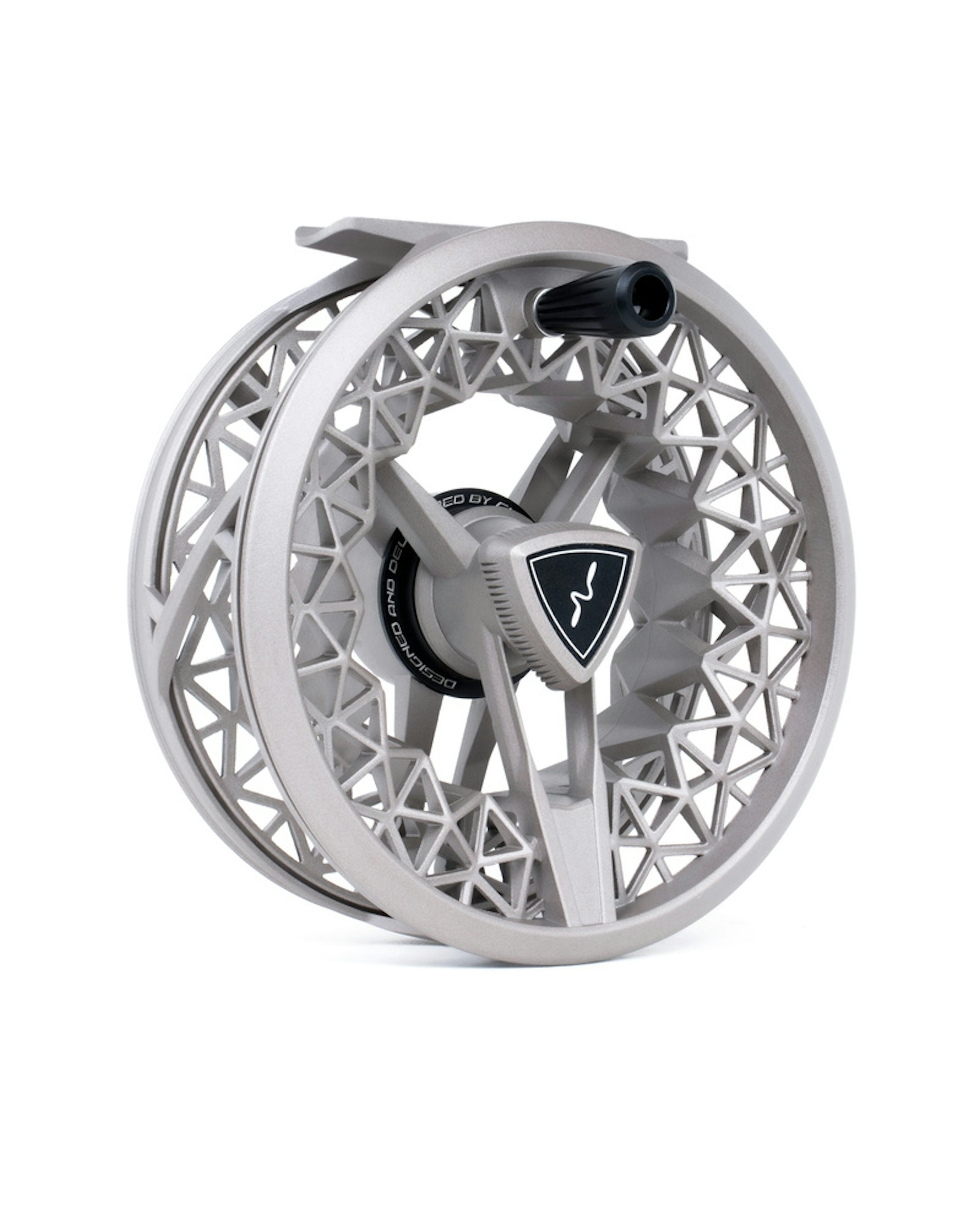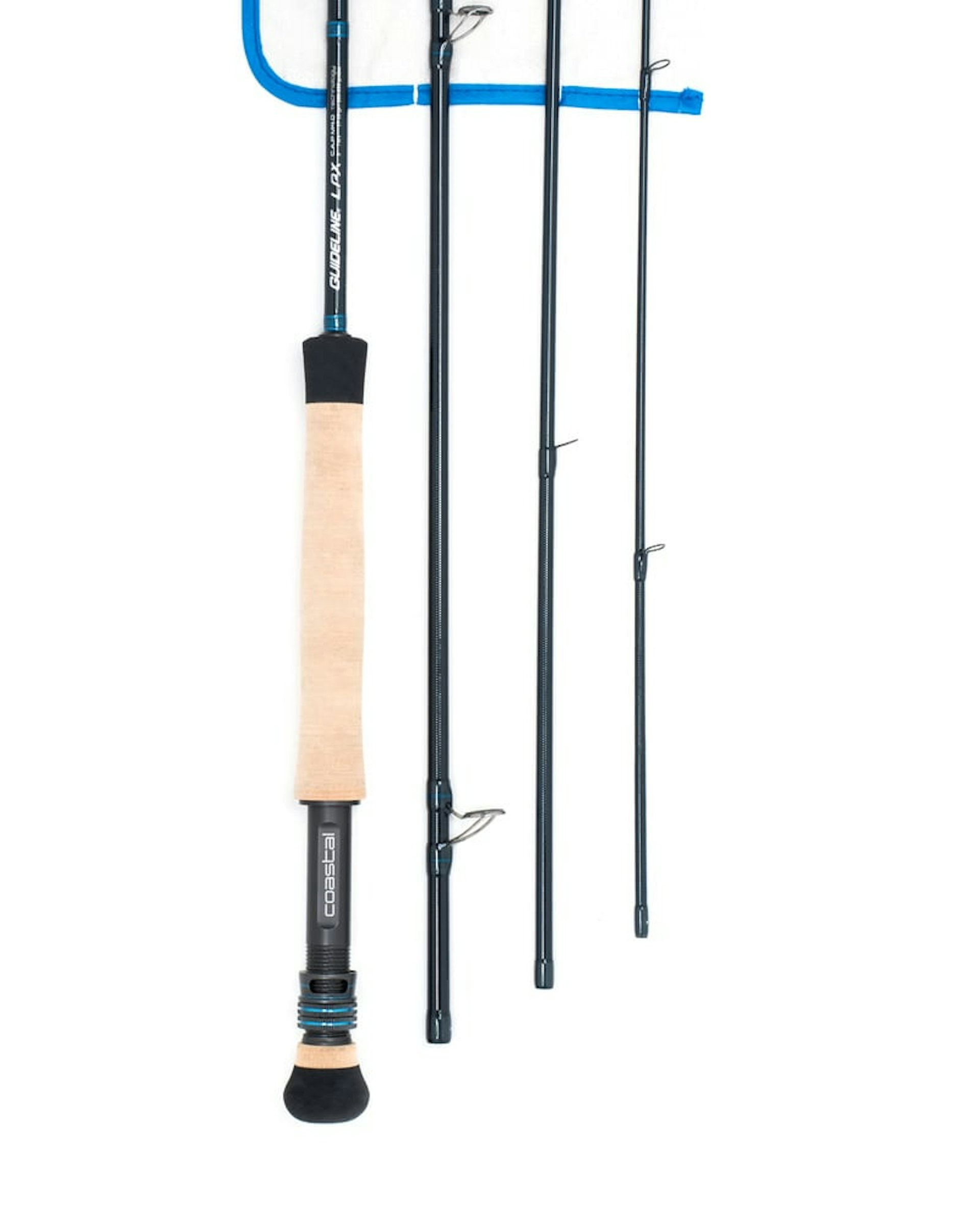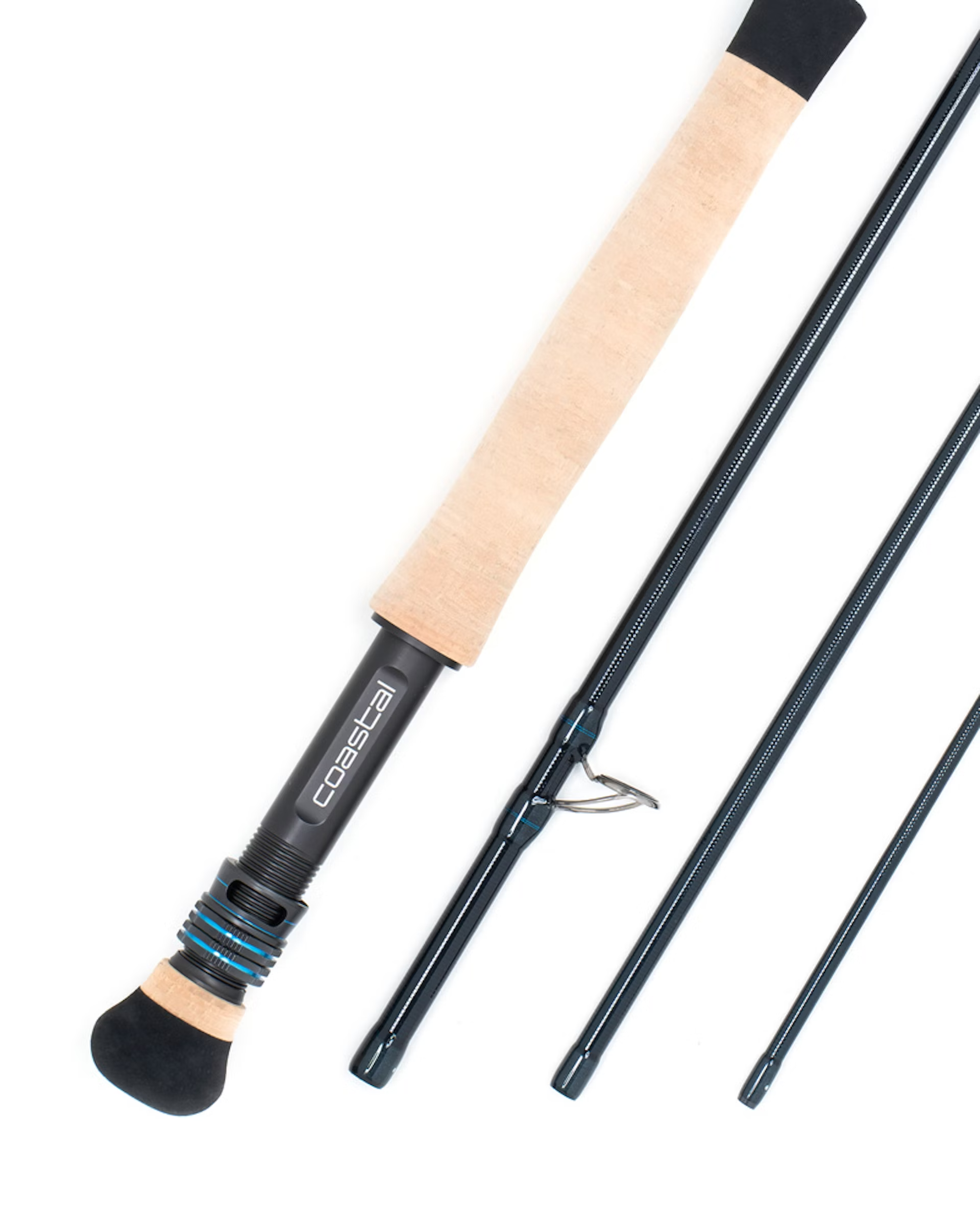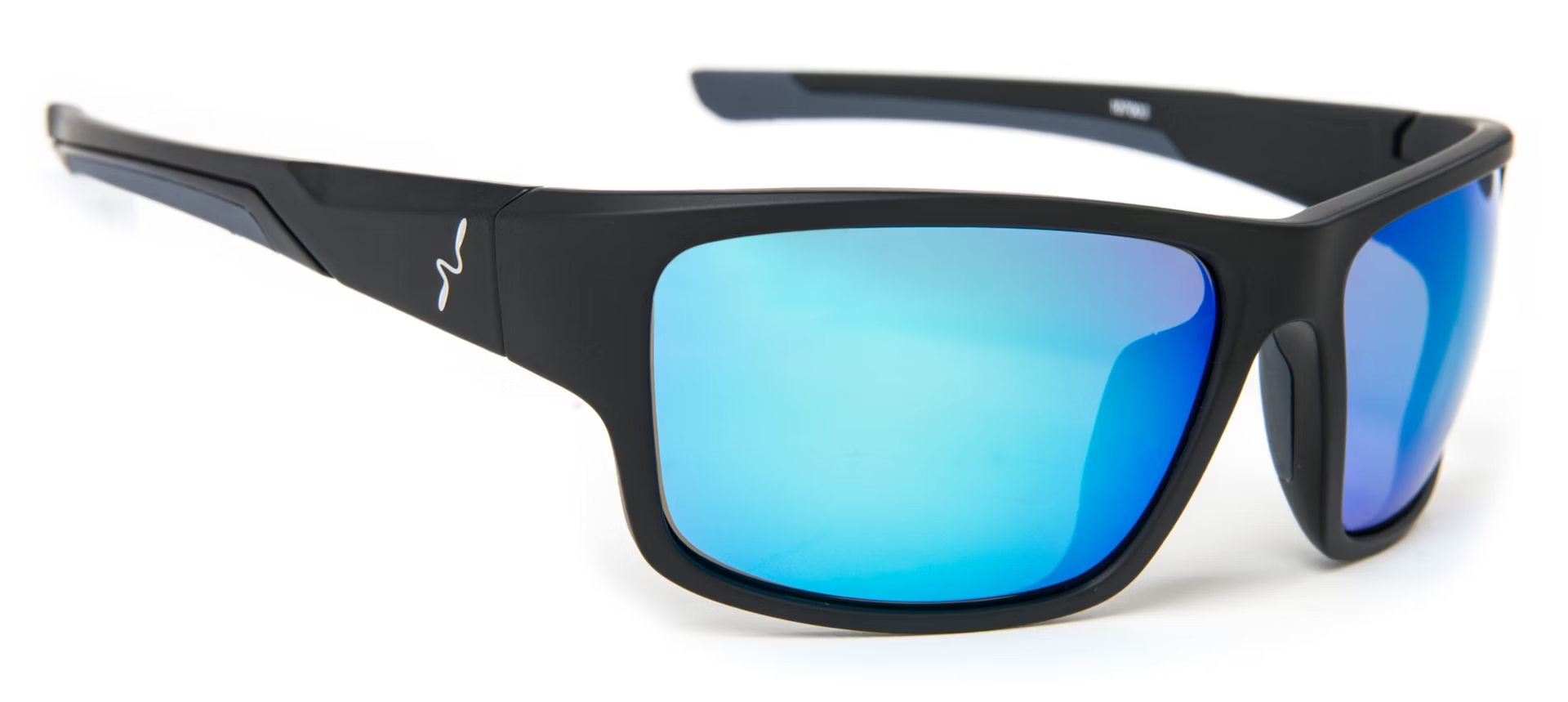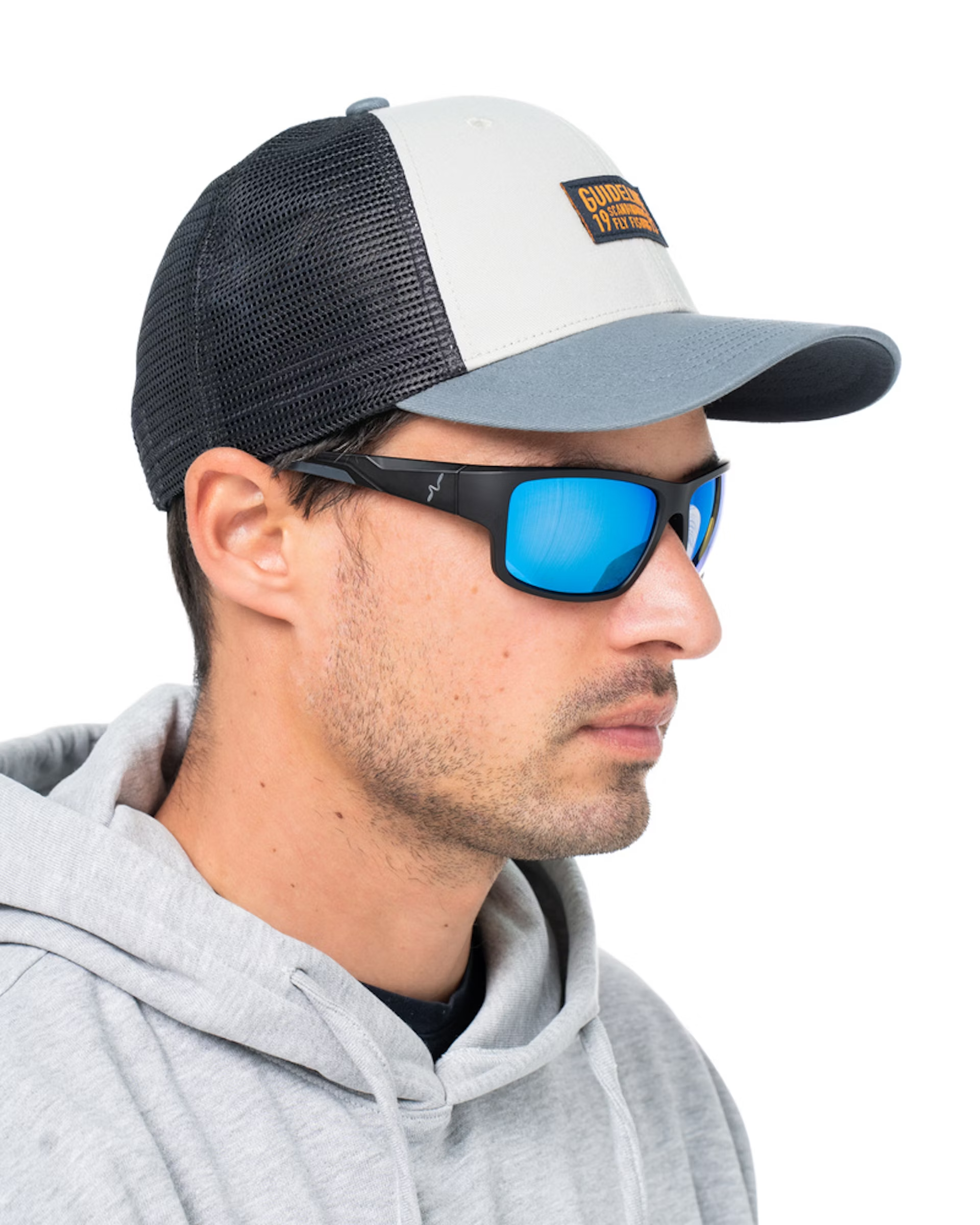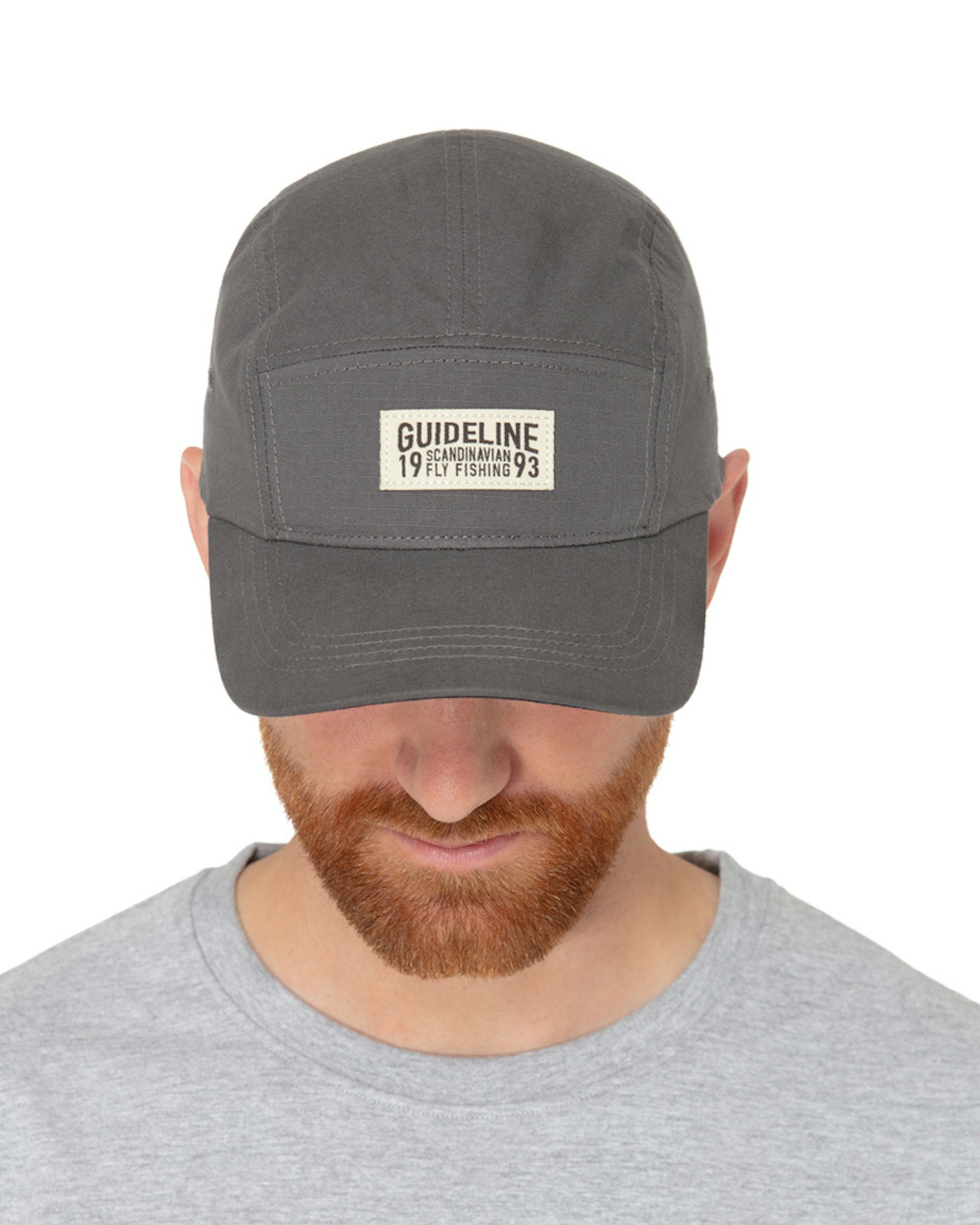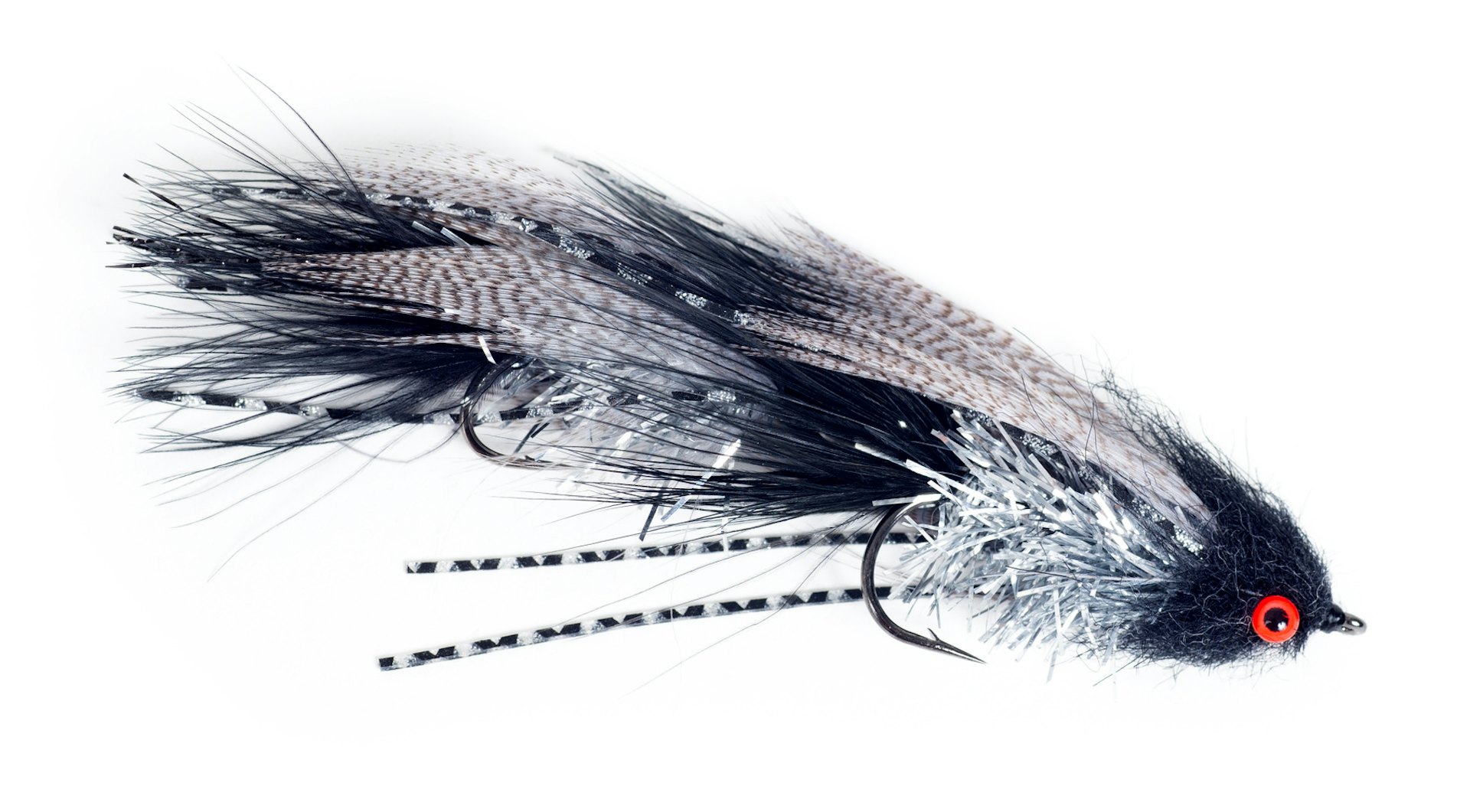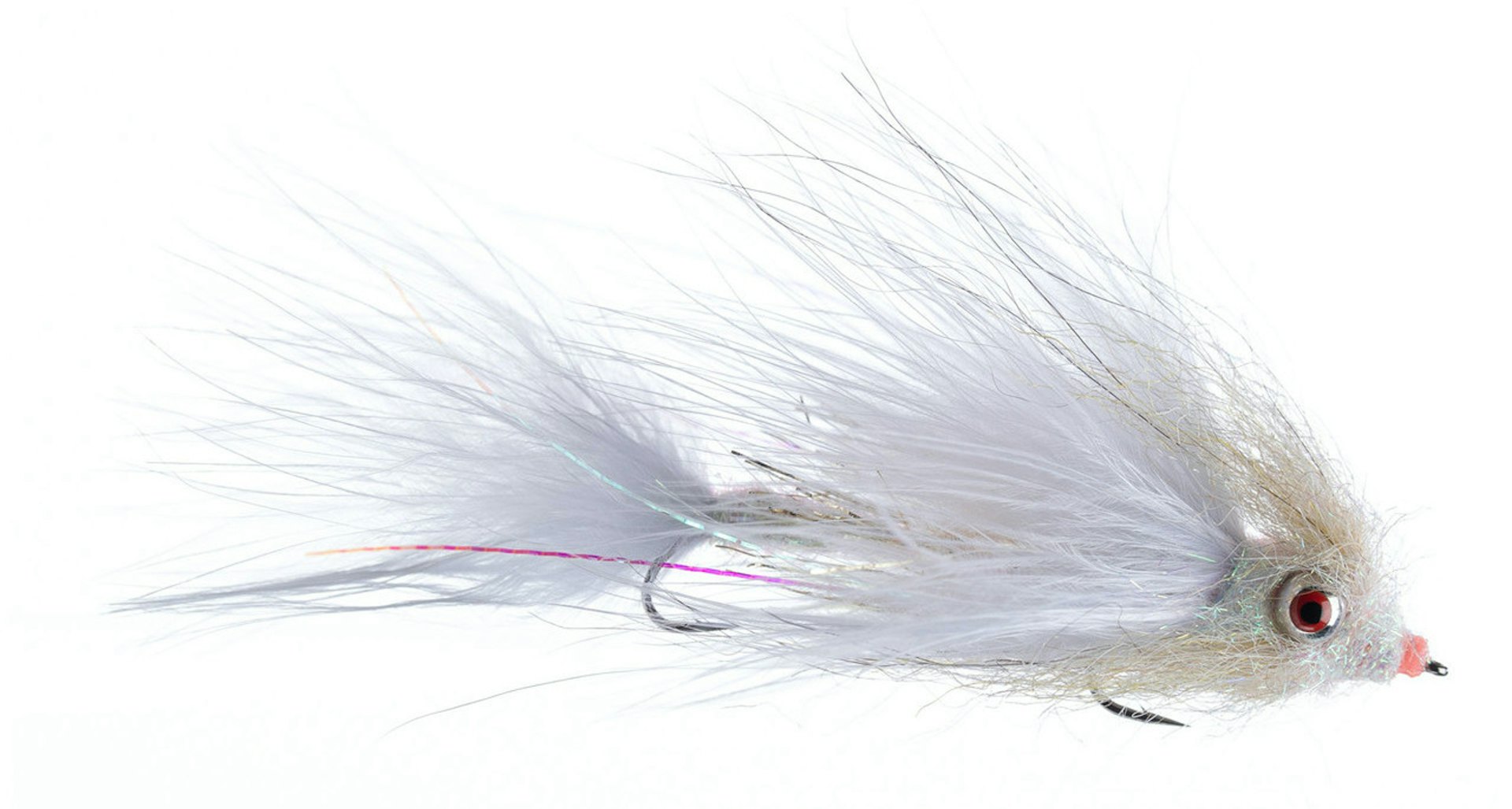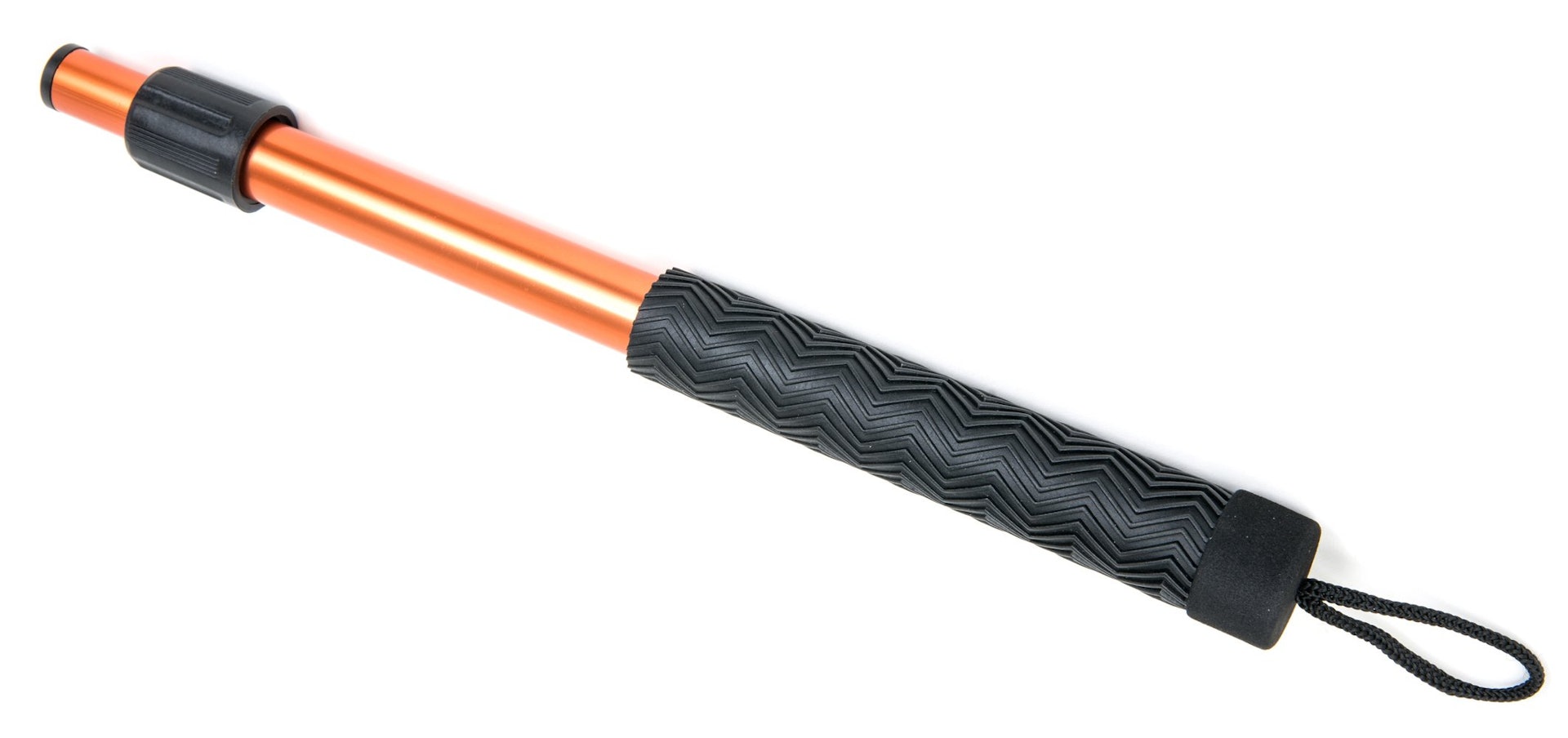The most used rod in the arsenal was the 9’ #7 which has proved itself as a great option for the streamer enthusiast. It handles sinking lines and a medium to large fly and remains light enough in hand with enough feel to comfortably cast all day. Expect to cast a significant amount while streamer fishing from a boat, as no pocket or “fishy” spot should be left un-presented. Stealth is not key here, as just constantly keeping the fly in the zone where it has the greatest chance is the recipe for success. Both John and I prefer to start with a faster more aggressive retrieve, but mixing it up, especially if a fish flashes on your fly, is a great option as well.
Streamer fishing from a drift boat is all about covering water. The rower will position the boat to hit the ideal structure, most often a fishy bank. And both anglers will cover the desired water. Sometimes it is possible to row back up and fish again through something, but most often you are fishing downriver. The speed of the current and obstacles in the river determine how long the rower can keep the boat ready to fish in a particular spot which also means it is necessary for the angler to fish in a way that anticipates the best water. If you see something coming up that is worth fishing, timing your casts to make sure you hit the area in a quick time window is crucial. This is at a much faster pace than dry fly fishing from a drift boat, where it is often used as a tool to sneak up on fish in a presentable location. Streamer fishing is all about covering water and doing it effectively. A short consistent cast is most effective, keeping the fly in the zone.
When the flies are oversized and the river is at its largest, like in the Rena’s lower reaches during our trip, I find myself reaching for an 8wt to constantly deliver presentations on target. Streamer patterns are meant to imitate a larger meal which can sometimes be the ticket in searching for a real trophy. Casting these is a chore at first and takes some getting used to, but the less time the streamer spends in the air, the better. Using the surface of the water to load the rod is a great way to minimize false casting and send flies out with minimal effort. I prefer to make one false cast only, if at all, meaning my fly is spending more time fishing and less time in the air, where it is prone to other dangers.

